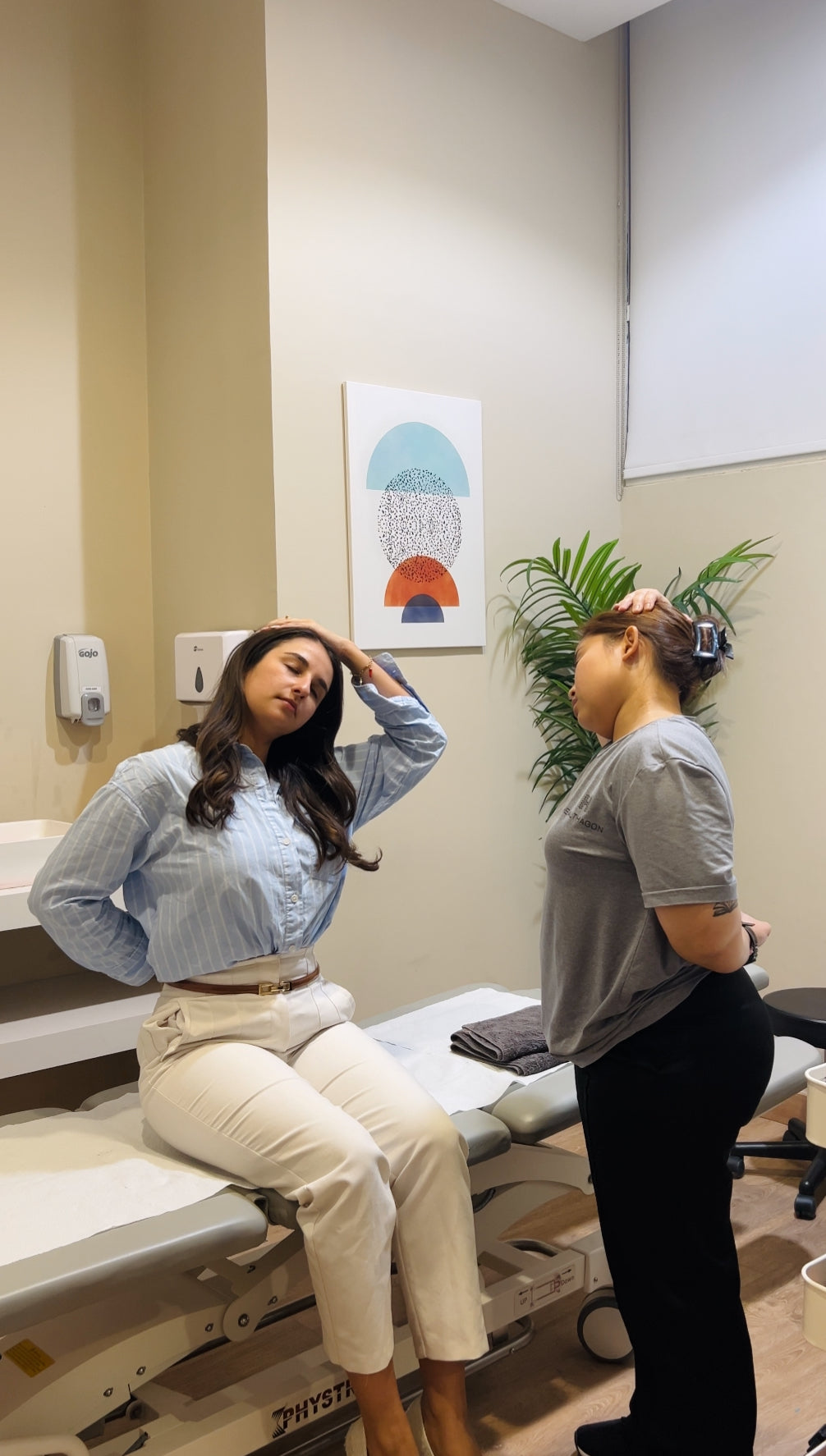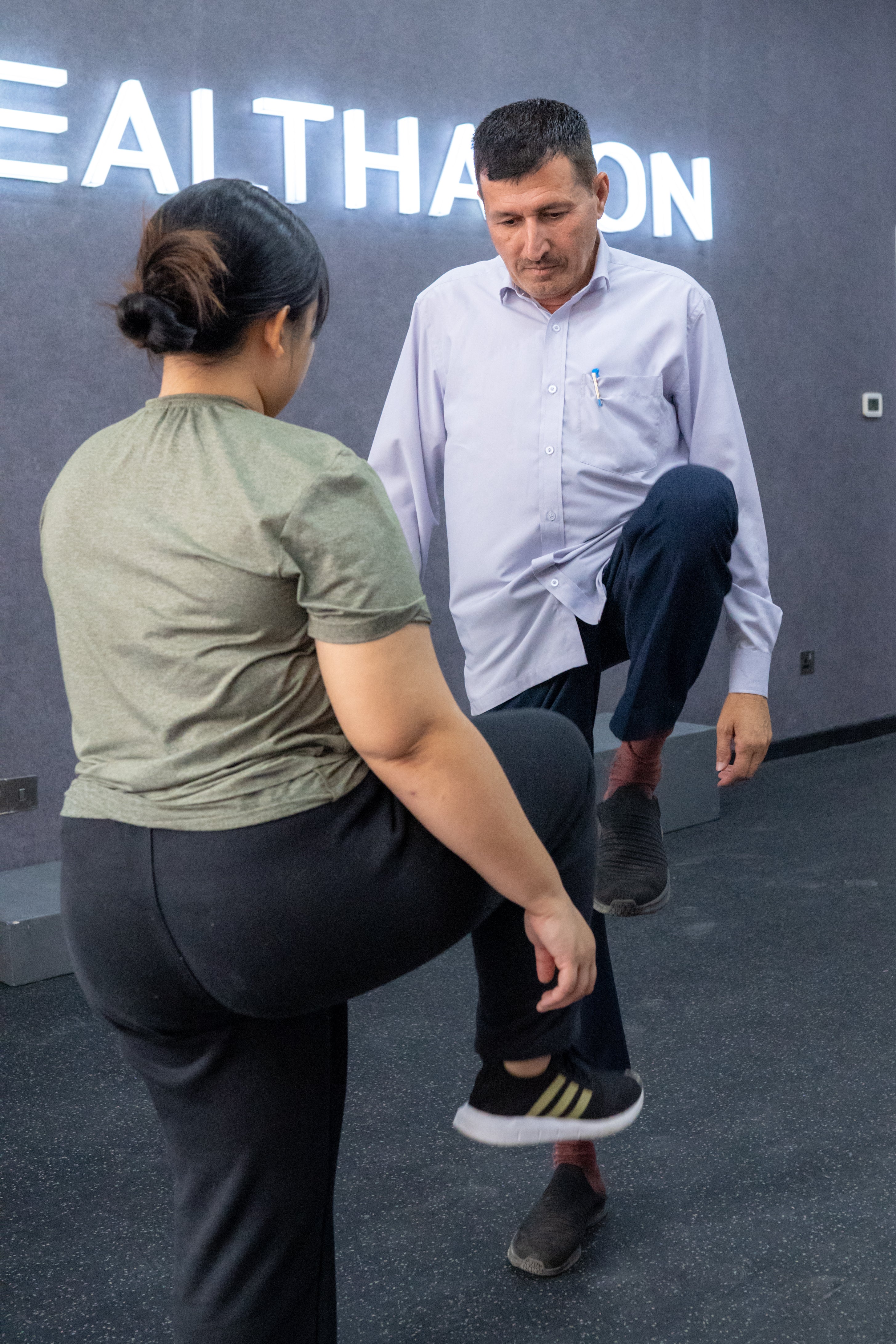Is Your Headache Actually Coming from Your Neck?
Understanding Cervicogenic Headaches
Many people assume all headaches are caused by stress, dehydration, or lack of sleep. But did you know that your neck could actually be the source? If your pain starts at the base of your skull or neck and radiates toward your forehead or behind the eyes, you may be dealing with a cervicogenic headache.

Unlike tension headaches or migraines, cervicogenic headaches originate in the cervical spine—the upper part of your neck. They are often linked to stiffness in the joints, tight muscles, or nerve irritation around the upper vertebrae.
What Causes Cervicogenic Headaches?
The upper cervical spine (C1 and C2 vertebrae) plays a crucial role in supporting head movement. When these joints become restricted or the surrounding muscles are strained, it can trigger pain signals that travel to the head.
Common causes include:
- Poor posture, especially from sitting at a desk or looking down at phones for long periods
- Muscle tension and tightness in the neck or shoulders
- Previous neck injuries such as whiplash
- Repetitive strain from daily activities

Because the nerves in the upper neck are connected to the head and face, irritation in this region can create pain that feels like a headache, even though the true source is the neck.
How Physiotherapy Can Help
The encouraging news is that physiotherapy offers effective, non-invasive solutions for cervicogenic headaches. A physiotherapist can assess your posture, neck mobility, and muscle function to identify the root cause of your discomfort.
Treatment may include:
-
Manual therapy and gentle mobilization: Restoring movement in the upper cervical spine reduces stiffness and pressure on irritated nerves.
-
Soft tissue release: Hands-on techniques help relax tight muscles, especially in the upper neck and shoulders.
-
Strengthening exercises: Activating and strengthening the deep neck flexors improves stability and helps prevent recurring headaches.
-
Posture correction and ergonomics: Learning how to position your body properly while sitting, working, or using your phone can reduce stress on the neck.

When to Seek Help
If you experience frequent headaches that worsen after sitting for long periods, working on a computer, or scrolling through your phone, your neck could be the underlying cause. Unlike painkillers, physiotherapy addresses the root issue rather than just masking the symptoms.
Final Thoughts
Cervicogenic headaches are more common than many realize, but the good news is that they can be effectively managed. With proper assessment, targeted exercises, and hands-on physiotherapy, you can reduce pain, improve posture, and prevent headaches from coming back.
If you’ve been struggling with persistent headaches, don’t ignore the possibility that your neck is involved. Book an appointment with a physiotherapist today and take the first step toward lasting relief—naturally and drug-free.















